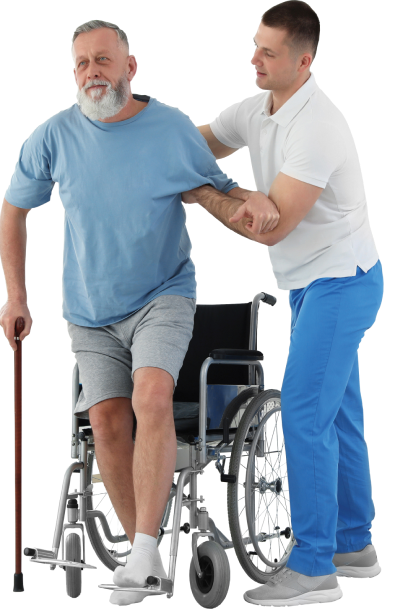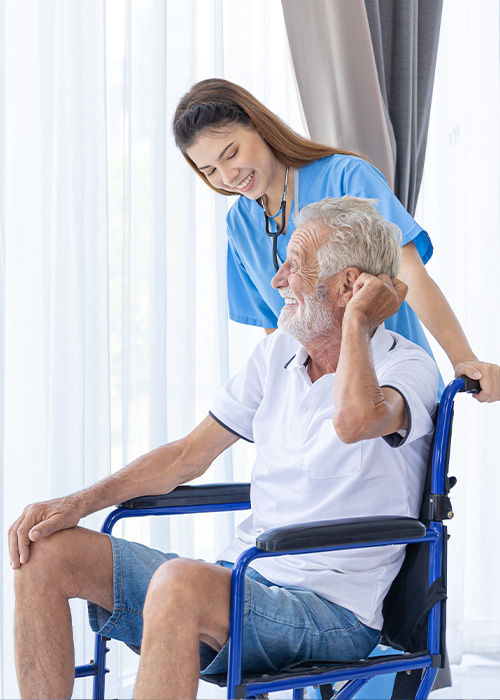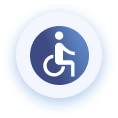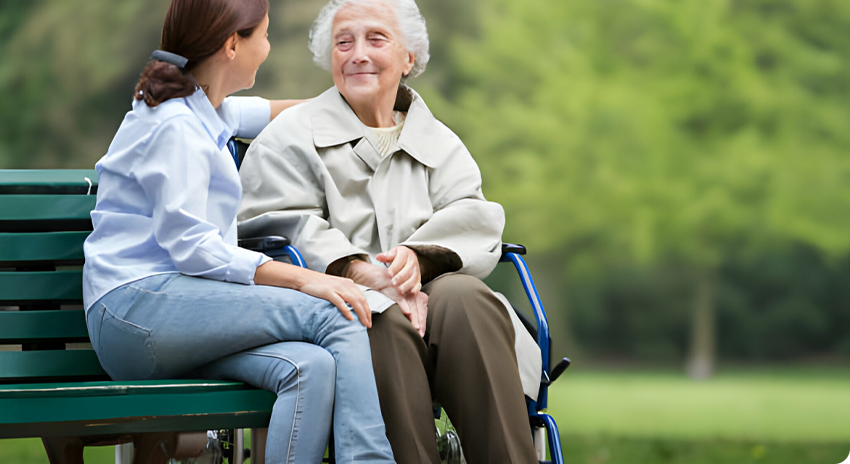NAPA COUNTY, CA - A preliminary 2.1 magnitude quake was recorded close to Yountville Monday evening, according to the U.S. Geological Survey.
The tremor struck the area at 7:07 p.m. It occurred at a depth of 5 miles with the epicenter situated roughly 4 miles west-southwest of Yountville.
Did you feel it?
If you felt the earthquake, you can share your observations using the USGS Felt Report form. 3 people have submitted responses through the agency's online form, saying they felt the quake.
Tremors last week
Last week, there have been seven earthquakes with a magnitude 2.5 or higher centered nearby. The largest one was a 3.8 earthquake that jolted near The Geysers five days earlier.
The top five nearby quakes in the last week:
What to know about earthquakes
Magnitude measures the energy released at the source of the earthquake, the U. S. Geological Survey says. It replaces the old Richter scale. Quakes between 2.5 and 5.4 magnitude are often felt but rarely cause much damage, according to Michigan Tech. Earthquakes below 2.5 magnitude are seldom felt by most people.
Earthquakes' sudden, rapid shaking can cause fires, tsunamis, landslides or avalanches. They can happen anywhere, but are most common in Alaska, California, Hawaii, Oregon, Puerto Rico and Washington, according to the Department of Homeland Security.
It is estimated that there are 500,000 detectable earthquakes in the world each year. 100,000 of those can be felt, and 100 of them cause damage.
What to do during an earthquake
If an earthquake strikes, it's best to protect yourself right away. Here are tips from experts:
If you're in a car: Pull over and stop. Set your parking brake.
If you're in bed: Turn face-down and cover your head with a pillow.
If you're outdoors: Stay away from buildings. Don't go inside.
If you're inside: Stay and don't run outdoors. Stay away from doorways.
The best way to protect yourself during an earthquake is to drop, cover and hold on, officials say. "Wherever you are, drop down to your hands and knees and hold onto something sturdy," officials say. "If you're using a wheelchair or walker with a seat, make sure your wheels are locked and remain seated until the shaking stops." Be sure to cover your head and neck with your arms, and crawl under a sturdy table if possible. If no shelter is available, crawl to an interior wall away from windows. Once under a table, officials say you should hold on with one hand and be ready to move with it.
"There can be serious hazards after an earthquake, such as damage to the building, leaking gas and water lines, or downed power lines," officials say. "Expect aftershocks to follow the main shock of an earthquake. Be ready to Drop, Cover, and Hold On if you feel an aftershock."
Source: The U.S. Geological Survey
This article was generated by the CA Earthquake Bot, software that analyzes structured information, such as data, and applies it to articles based on templates created by journalists in the newsroom. No human journalist was harmed in this experiment. You can report errors or bugs to [email protected].

 707.282.6148
707.282.6148




 Service Areas
Service Areas























